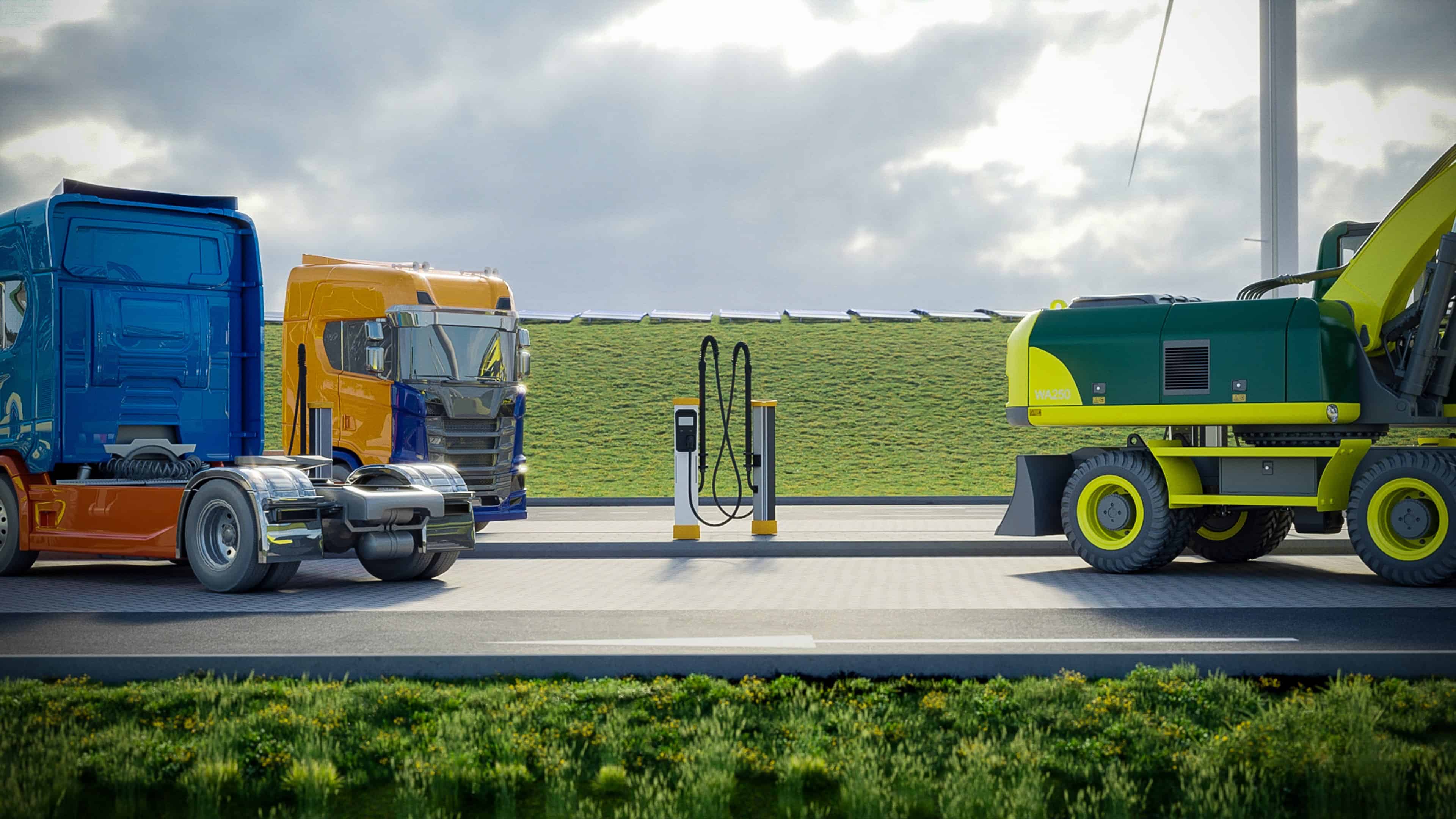
It may just be that we’ll have to queue to charge our electric car in a while. Grid operator TenneT expects a shortage of electricity in the Netherlands before 2030. This is the conclusion of the network operator in its report (in Dutch) ‘Monitoring Security of Supply 2022’ for the Ministry of Economic Affairs. However, this is not yet a reason for acute panic, because there is sufficient domestic production capacity available until at least 2025 to meet the electricity demand.
The security of electricity supply in the Netherlands is currently very high. According to TenneT, this is currently about 99.99963 percent. That could change completely in two years’ time, because the uncertainties will increase from that moment on. “In the Netherlands, but also in other European countries, society will become increasingly electrified. This means that more and more people have an increasing need for electricity. For example, for charging an electric vehicle. A further decrease in the production capacity of gas, coal and nuclear power plants makes the electricity system increasingly dependent on the weather,” said Maarten Abbenhuis, COO of TenneT.
The electricity we use increasingly comes from the sun and wind. Recently, more and more solar and wind farms have been constructed at sea for this purpose. Although this is already happening at a rapid pace, it has to be done even faster to catch up with the backlog of recent years. This has everything to do with the popularity of solar panels, to name just one example.

From gas to electricity in large numbers
As long as the wind is blowing and the sun is shining, there is no need to panic. We still have more than enough coal and gas-fired power stations that can generate electricity. Even when it is cloudy or windless. We call this the ‘adjustable power’. That is, its production can be turned on or off. This is different with the sun. “When looking for solutions, we can think of hydrogen and huge batteries, but in the short term these do not solve many problems,” the report found.
Moreover, more and more homes, factories, and buildings are exchanging gas for electricity. In order to achieve the 2030 climate goals, the government believes it is important to become independent of gas even quicker. From the moment Russia decided to invade Ukraine, the importance of using as little gas as possible and keeping the electricity network intact became all the clearer.
“You don’t even notice such a power shortage”
At first glance, this development sounds quite worrying, but according to Thijs ten Brinck, it shouldn’t be made bigger than it is. Ten Brinck is the founder of the sustainability platform Wattisduurzaam (in Dutch). “The signal that TenneT is sending with this report is absolutely important for the sector and politicians. Though, there is no reason for households and most companies to panic, because you usually don’t even notice a shortage of power,” says Ten Brinck.
Jorrit de Jong, a spokesman at TenneT, says so too. “The shortages we see now are quite limited. In addition, a standard has been set to guarantee the security of supply. That standard is now set at an annual power shortage of 4 hours. If our warning is not acted upon, the time that not all customers will have full access to the electricity they would like to use will increase to 4.5 hours. Converted this means the security of supply is still about 99.95433 percent.”
That does not mean that we can put our feet up now because there is still plenty of reason to act quickly. Where TenneT warned about the available capacity due to production, the next question is whether the grid can handle this. Take the enormous shortage of charging facilities for electric trucks, for example. Frits van Bruggen, chairman of the RAI association, recently sounded the alarm about this.

Little room for ambition
“The substantial investments for public fast charging points for electric trucks have not yet been released, which means that this specific charging infrastructure is lagging behind,” says Van Bruggen.” And that while the government is expressing more and more ambitions, it also admits that our network is not ready for it. Nevertheless, the government is on track to have installed about half a million charging points for passenger cars by 2030. Though this is different for trucks.
According to Van Bruggen, the required payloads for heavy commercial vehicles are much higher than for passenger cars. This has to do with the larger batteries and the often limited time available for charging. “In many cases, heavy pipes have to be laid for truck charging stations. Due to the overload of the grid, this could take quite a few extra years. Time that simply isn’t there,” says Van Bruggen.
Grid-independent charging stations
“Anyone who still thinks that the entire situation is hopeless is really wrong,” says Ferry Tap. He is the founder of Green Caravan. Since 2021, he and his team have been working on grid-independent charging plazas for electric passenger cars and trucks. Although the first signals for the problem that TenneT is now warning about were issued a long time ago, Tap somehow saw it coming.
“For example, we have been working for some time on our network-independent charging plazas, also for large-scale transport. We have the ambition to realize six charging plazas this year and next. We expect to be able to announce the first concrete location in the short term. We will continue on from there to realize the other five as quickly as possible,” explains Tap.
Moreover, Tap sees a lot of creativity, initiatives and decisiveness among entrepreneurs. “It is a big plan that asks a lot of us, but we still have seven years left. I am positive about it, so I think it will all work out,” said Tap.
Keeping gas-fired power stations profitable
That’s what De Jong thinks too, but it takes some work. “First of all, the government must invest in flexibility and stronger relations with Scandinavia, Germany and the United Kingdom,” says De Jong. According to him, more attention should also be paid to the construction of gas-fired power stations in order to achieve sufficient adjustable capacity.
Ten Brinck agrees. “We absolutely must keep gas-fired power stations profitable. In the long term, they will be needed less often, because wind and solar parks take over the supply on days and hours when the weather is good. That’s a lot of days. As a result, many gas-fired power stations will have to wait for the days when there is work for them. It is precisely on those days that electricity is worth a lot to us, so there is still money to be made,” says Ten Brinck.

